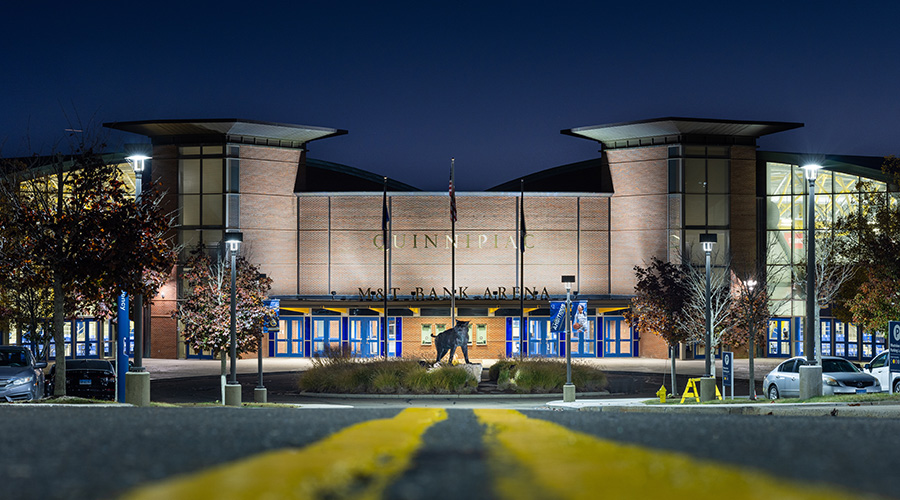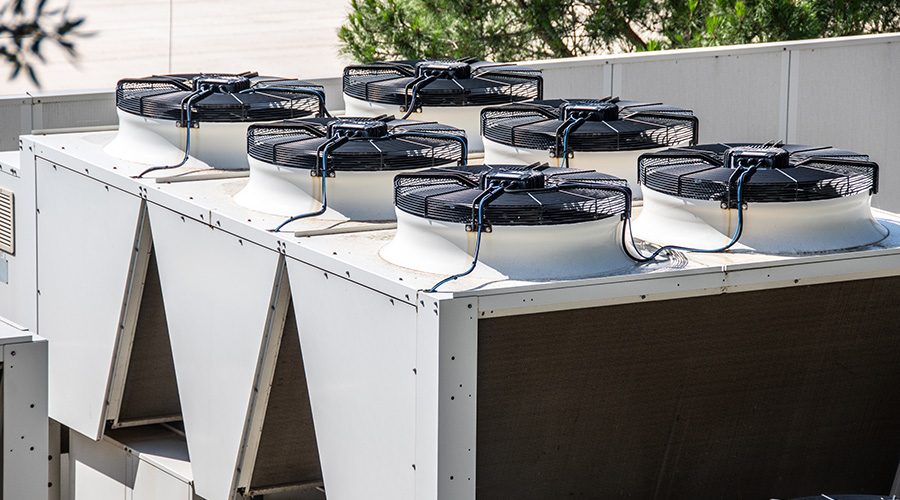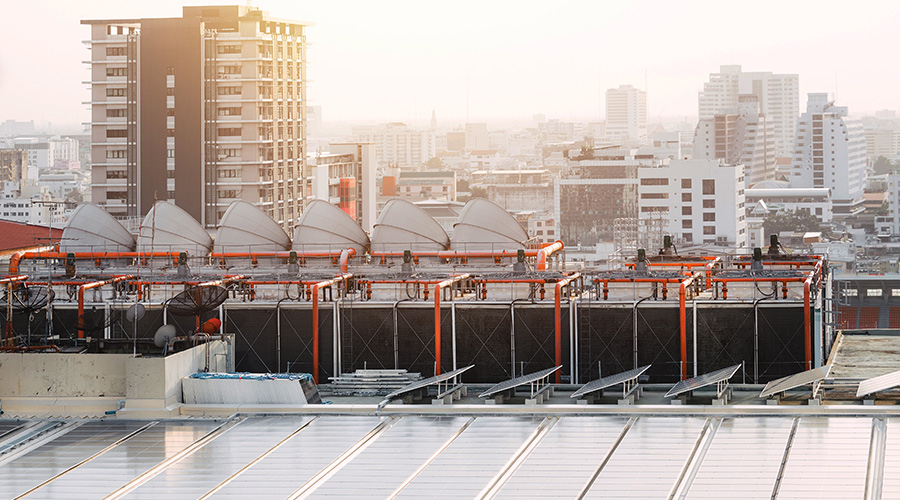Among the other issues that can impede the smooth progress of HVAC projects in existing buildings are inadequate specs and a new system that fails to perform as expected.
Scope And Specifications Are Inadequate. HVAC projects in existing buildings are often completed without formal design documents or submittal requirements. A scope may be written by a facility manager that expresses the intended outcome of the project, such as "replace air handler 'x'" or "remove existing pneumatic controls and replace with DDC."
The contractor is then left to interpret the facility manager's intent and determine the means and methods for completing the project. The result is often a new piece of equipment or new controls system that fails to meet the facility manager's requirements. In most cases, this requires change orders to resolve. Similarly, key logistical parameters specific to the operation of the facility are not communicated to the contractor in the scope documents. Examples of logistical considerations that should always be discussed before a contract is signed for the project include:
- Contractor will only have access to specific areas during certain hours
- Work deemed disruptive to facility operation must be completed after hours
- Contractor is required to maintain comfort throughout the facility during normal business hours
New System Fails To Perform As Intended. This issue is a common occurrence in HVAC controls upgrade projects. Upgrading to modern controls represents one of the most cost-effective and common HVAC investments facility managers make in buildings. But what happens when that new system fails to perform correctly, such as not reducing energy use as expected, or failing to maintain comfort in the conditioned spaces?
Most facility managers are not experienced or trained on implementing a successful controls project in a building. This usually manifests itself in inadequate specifications, generic controls sequences, and poor system selection. The result is a system that doesn't live up to the performance standard that the facility manager had in mind.
Another challenge can occur when a system is only partially upgraded. For example, air handler and central plant controls are upgraded, but not terminal units. Perhaps pneumatic actuators are replaced with electronic actuators on an economizer damper, but the mechanical damper assembly remains in place. Sometimes a failure of a system to perform post-retrofit isn't caused by a failure of the contractor to complete the scope of work, but by the dysfunctional systems that remain in place. |














